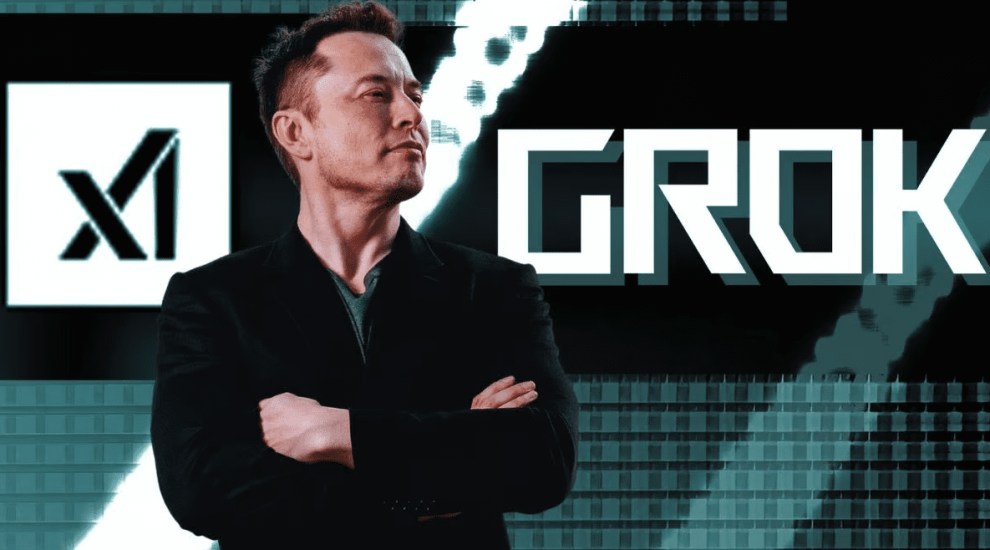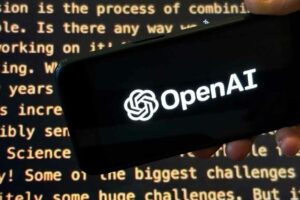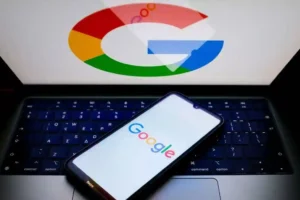If you’re plugged into the world of artificial intelligence, chances are you’ve crossed paths with Grok, the brainchild of Elon Musk’s venture, X. This chatbot stands out for its distinct features and capabilities, carving its niche in the AI community as a formidable contender to OpenAI’s ChatGPT. Let’s delve into what makes Grok unique and explore its mechanics, role of human-guided feedback, and how to access this intriguing creation.
The Uniqueness of Grok
Grok isn’t your run-of-the-mill chatbot. It boasts a personality infused with humor and a hint of rebellion, a reflection of Musk’s vision. Unlike its counterparts, Grok fearlessly dives into controversial topics and isn’t hesitant to employ colorful language. For instance, when queried about the appropriateness of listening to Christmas music, Grok’s response is refreshingly candid: “Whenever the hell you want.”
Yet, Grok’s standout feature lies in its ability to tap into real-time data from X, a capability unmatched by other chatbots. This edge stems from X’s deliberate decision to restrict access to this data. Consequently, Grok delivers responses based on the latest headlines, providing a dynamic experience that surpasses the limitations of traditional chatbots like ChatGPT. Musk has hinted at open-sourcing Grok, although the specifics of this initiative remain unclear.
The Mechanics of Grok
Grok is the brainchild of xAI, Musk’s AI startup reportedly on the brink of securing billions in venture capital. At its core lies Grok-1, a generative AI model developed over months using a vast cluster of GPUs, as detailed in an xAI blog post.
To train Grok-1, xAI leveraged web data up until Q3 2023 and insights from human assistants, dubbed “AI tutors.” According to xAI, Grok-1 matches or even outperforms Meta’s Llama 2 chatbot model and eclipses OpenAI’s GPT-3.5 across prominent benchmarks.
The Role of Human-Guided Feedback
Like many AI chatbots, Grok undergoes fine-tuning via reinforcement learning from human feedback (RLHF). This process entails training a generative model, collecting additional data to train a “reward” model, and refining the generative model using the reward model via reinforcement learning.
However, RLHF isn’t foolproof. Grok, like its peers, is susceptible to hallucinations, potentially resulting in misinformation dissemination. To combat this, Grok leverages real-time data access from X and Tesla, as well as internet-browsing capabilities akin to ChatGPT, to ensure accuracy in responses.

Accessing Grok
To engage with Grok, users require an X account and a subscription to the X Premium+ plan, priced at $16 per month or $168 per year. X Premium+ offers an array of perks, including ad-free browsing, monetization opportunities for users, and enhanced replies in X’s rankings. Grok can be accessed via the X side menu, offering users a gateway to a unique and dynamic conversational experience.
In essence, Grok represents a leap forward in AI chatbot technology, blending humor, real-time data access, and human-guided feedback to deliver an engaging and informative interaction. As Grok evolves with the upcoming Grok-1.5 model, promising even more features and enhancements, its impact on the AI landscape is poised to grow exponentially.
















Add Comment